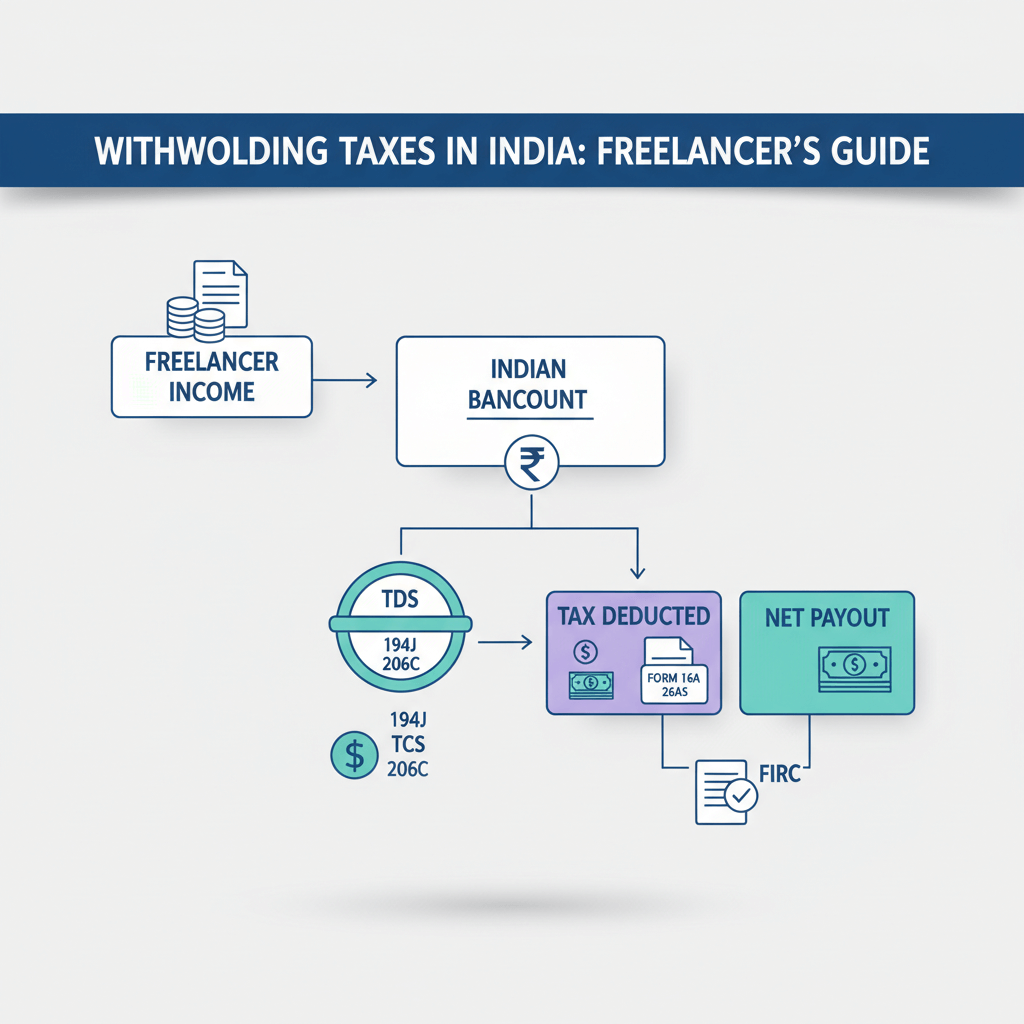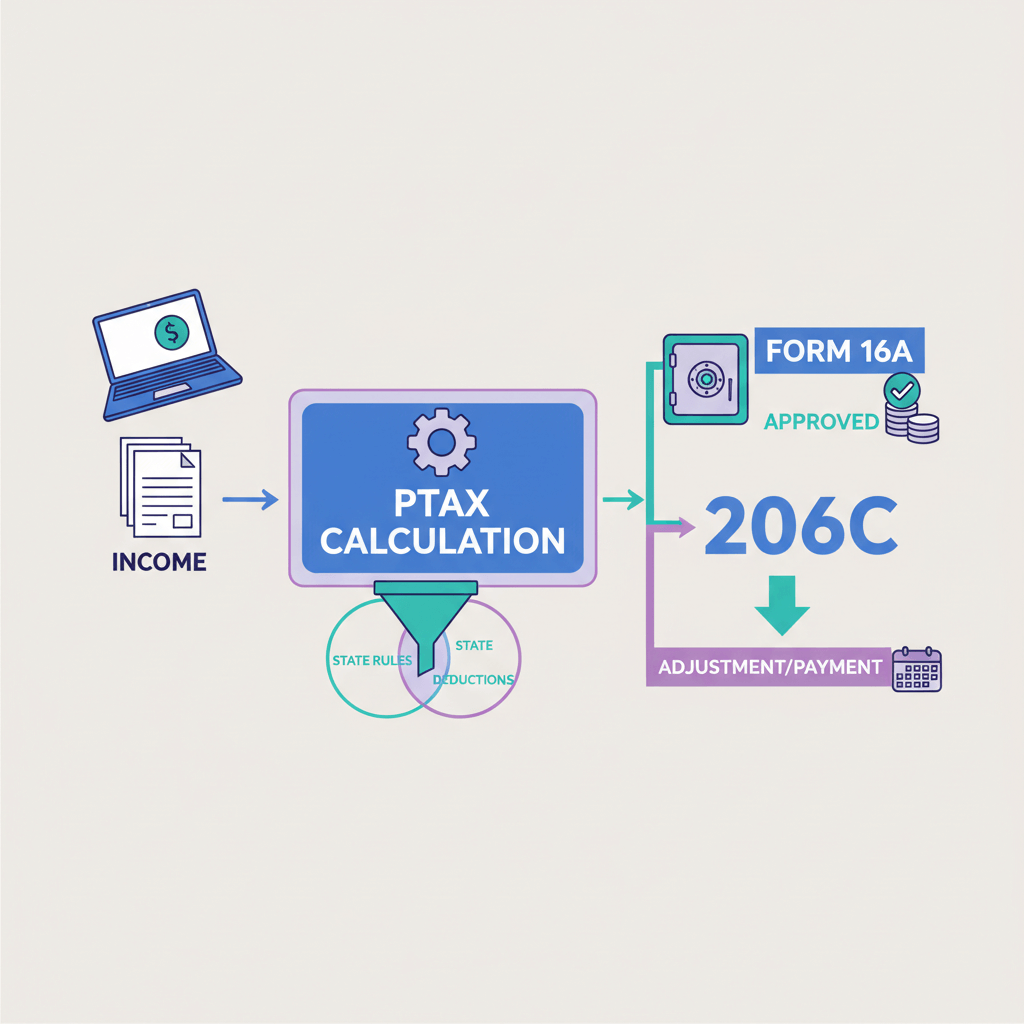What is the FX payment for business?
Foreign exchange (FX) payments are transactions conducted by businesses involving different currencies. These payments serve various purposes within the realm of commercial operations, and international business transfer rates play a crucial role in facilitating these transactions.
These rates determine the cost of converting one currency into another, impacting the overall profitability and competitiveness of international business activities. Whether it's facilitating international trade, supporting global expansion initiatives, funding foreign investments, managing currency risk, or conducting financial transactions, businesses rely on international business transfer rates to ensure efficient and cost-effective cross-border transactions.
- International Trade: Businesses involved in importing or exporting goods and services across borders frequently engage in FX payments to settle invoices, purchase orders, and other trade-related expenses denominated in foreign currencies.
- Global Expansion: Companies expanding their operations internationally often require FX payments to finance investments, pay suppliers, or cover operational costs in foreign currencies.
- Foreign Investments: Businesses may utilize FX payments to fund investments in foreign markets, including acquisitions, joint ventures, or direct investments.
- Global Payroll: Enterprises with a global workforce may need to make salary payments in multiple currencies, necessitating FX payments to convert local currencies into the respective currencies of their employees' countries.
- Risk Management: FX transactions are also employed by businesses to hedge against currency fluctuations and mitigate exchange rate risks associated with international operations. This risk management strategy may involve utilizing instruments such as forward contracts, options, or derivatives.
How to calculate the money exchange rate?
Calculating the exchange rate between two currencies involves several steps to determine the current market value and any associated fees. Here's a clear process for calculating exchange rates:
- Understand Currency Pairs: Exchange rates are expressed in pairs, showing the value of one currency relative to another. For instance, in the EUR/USD pair, EUR is the base currency, and USD is the quote currency.
- Find Current Rates: Exchange rates fluctuate due to market dynamics. To obtain the current rate, consult financial news platforms, banks, currency exchange services, or online converters.
- Determine Transaction Direction: Decide if you're buying one currency with another (exchange/buy) or converting back to your original currency (exchange/sell).
- Apply Appropriate Rate: Depending on your transaction, use the asking rate (for buying) or the bid rate (for selling). Alternatively, you might use the mid-market rate, which reflects the midpoint between buying and selling prices and is considered the true value of the currency pair.
- Consider Additional Costs: Account for any fees or commissions imposed by banks, currency exchange providers, or payment services. These can be flat fees or a percentage of the transaction and affect the total cost.
- Calculate Exchange Amount: Utilize the obtained exchange rate and applicable fees to determine the amount of currency exchanged or required for the transaction.
What are the four types of exchange rates?
Four types of exchange rates:
- Spot Exchange Rate: This represents the current market rate for immediate currency exchange, typically settling within two business days. It reflects the current supply and demand dynamics in the foreign exchange market.
- Forward Exchange Rate: Agreed upon today for future currency exchange, the forward exchange rate allows parties to lock in an exchange rate for a specified date in the future. It's commonly used for hedging against potential currency fluctuations.
- Nominal Exchange Rate: This is the rate at which one currency can be exchanged for another without considering inflation or differences in purchasing power between the two currencies. It provides a basic comparison of currency values.
- Real Exchange Rate: Adjusted for differences in price levels between countries, the real exchange rate reflects the relative purchasing power of currencies. It accounts for inflation and provides a more accurate assessment of a currency's value in terms of goods and services.
What is a currency in international business?
In India, when businesses send money abroad, they use a currency, like the dollar or euro, to do so. This is called outward remittance. The Reserve Bank of India sets rules for this. It's important for businesses to follow these rules and think about things like fees and taxes when sending money internationally.
The currency used in outward remittances from India depends on factors such as the destination country, the currency preference of the recipient, and any regulatory requirements imposed by the Reserve Bank of India (RBI), India's central bank. Typically, transactions are conducted in major international currencies such as the US dollar (USD), euro (EUR), British pound (GBP), or Japanese yen (JPY).
Businesses in India engaging in outward remittances must comply with the regulations and guidelines set forth by the RBI. These regulations govern the permissible purposes, limits, documentation requirements, and reporting obligations associated with outward remittances. Additionally, businesses need to consider currency conversion rates, transaction fees, and any applicable taxes or levies when conducting outward remittances to ensure cost-effectiveness and compliance with regulatory requirements.
Which international bank transfer from India is free?
Wire Transfers v/s International Money Transfers
FAQs
Is SWIFT transfer free?
No. SWIFT transfers usually come with associated fees. Banks charge for processing these transactions, covering both the sending and receiving ends. The fees can differ based on factors like the transfer amount, destination country, and the policies of the involved banks. Additionally, intermediary banks might levy charges for routing the funds through the SWIFT network. It's crucial for individuals and businesses to inquire about the applicable fees from their banks prior to initiating a SWIFT transfer.
What is the cheapest way to transfer money internationally from India?
Karbon Forex. When considering Karbon Forex as a provider for outward remittance from India, you need not assess rates because Karbon Forex's competitive rates are incomparable in the current market for international business remittances. Get in touch with us today to find out the markup fee you qualify for!











